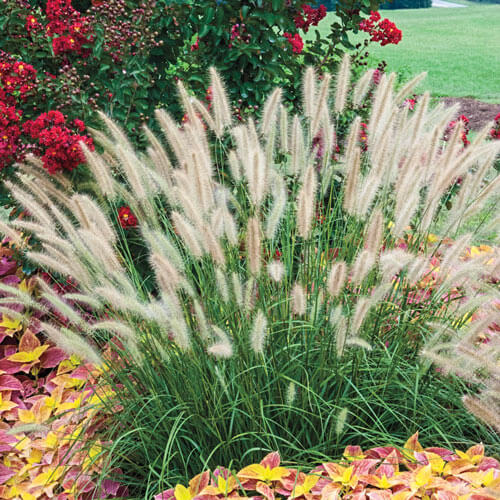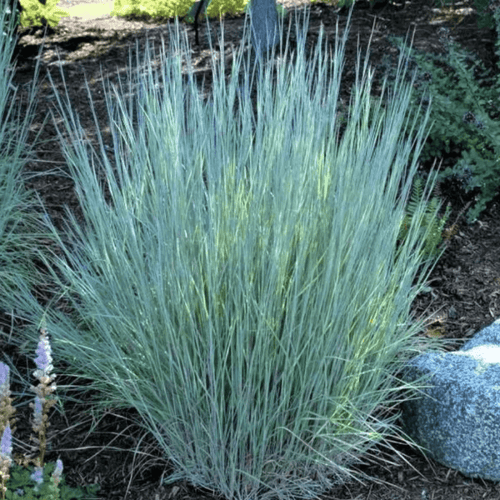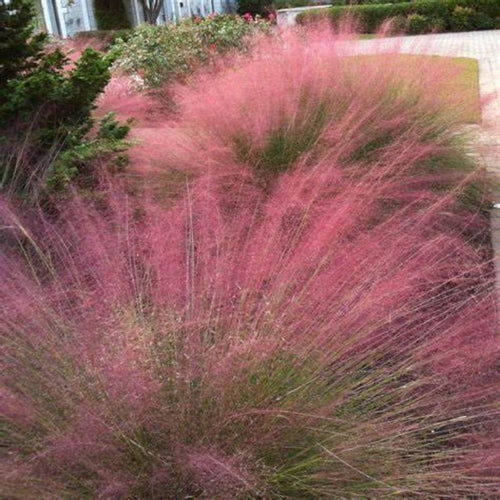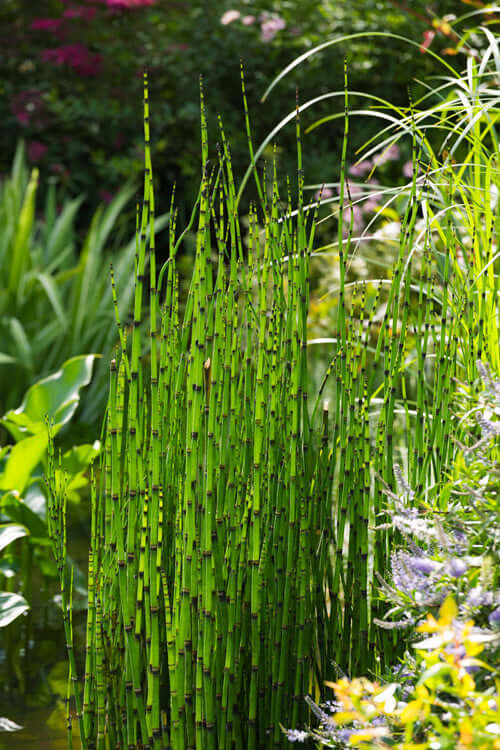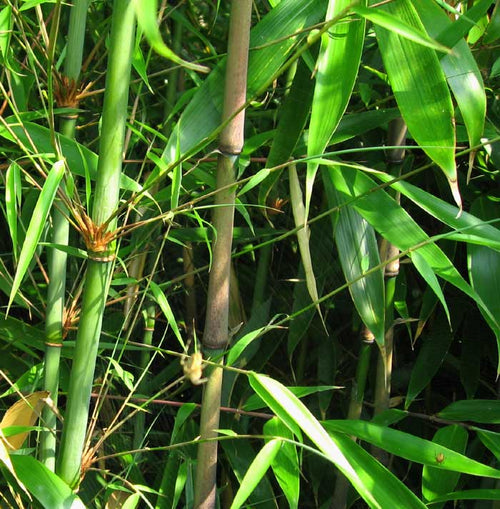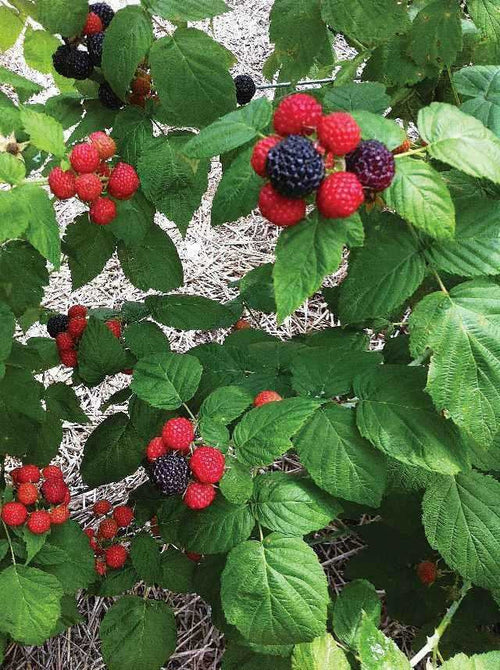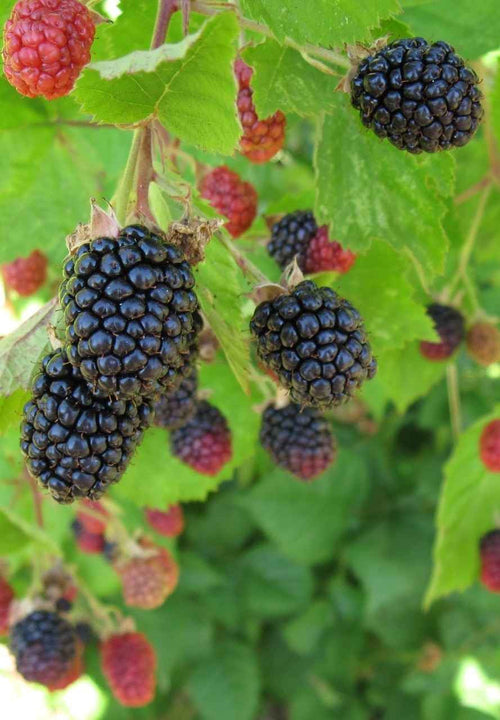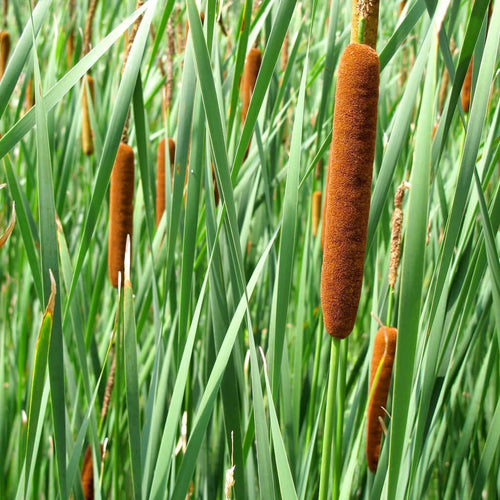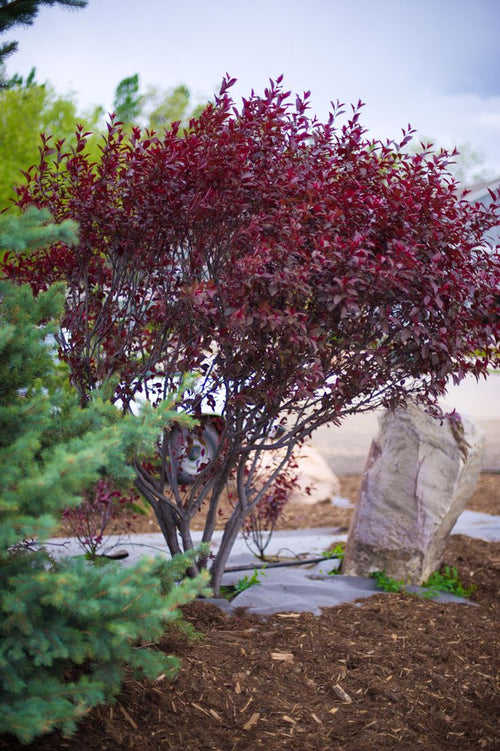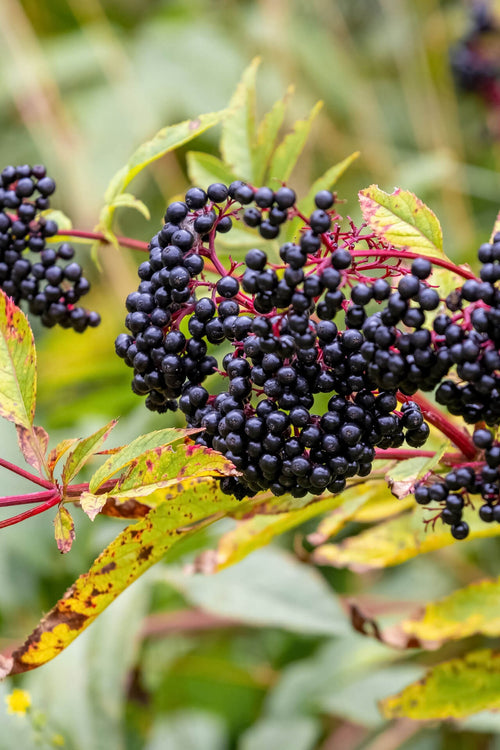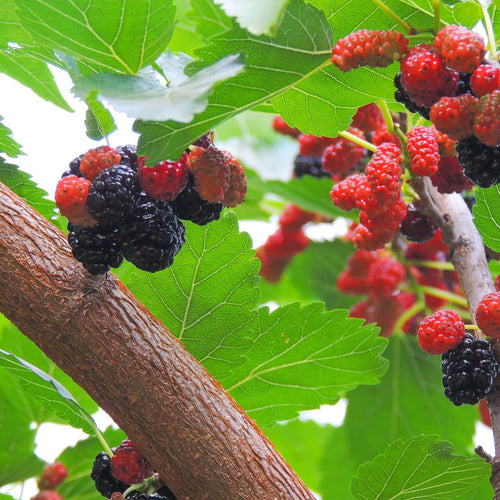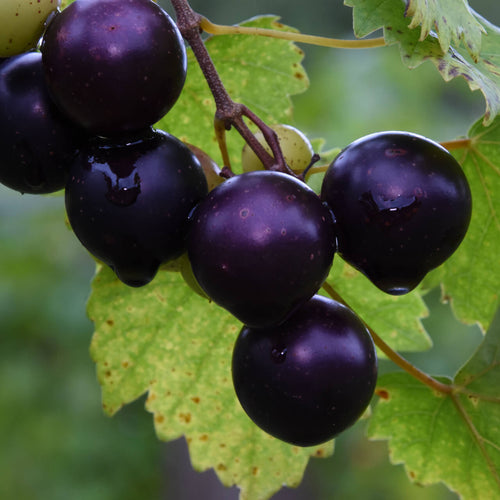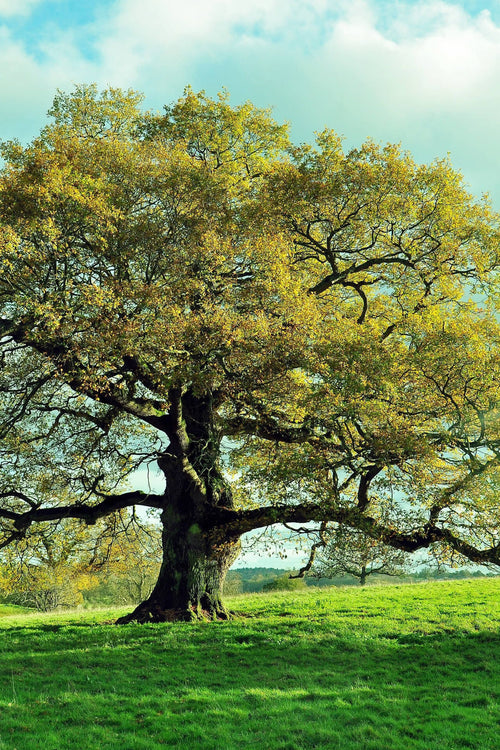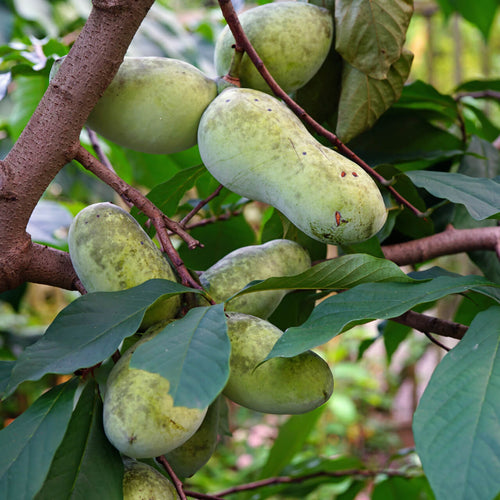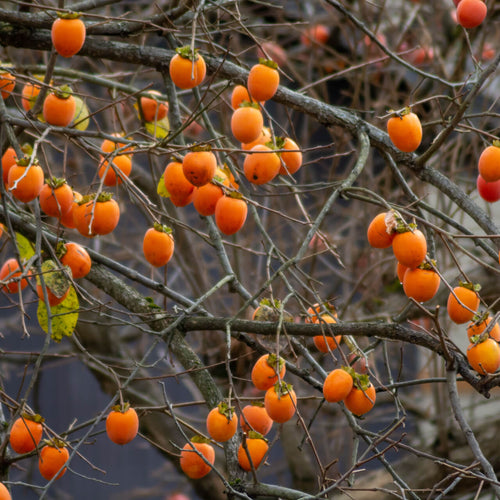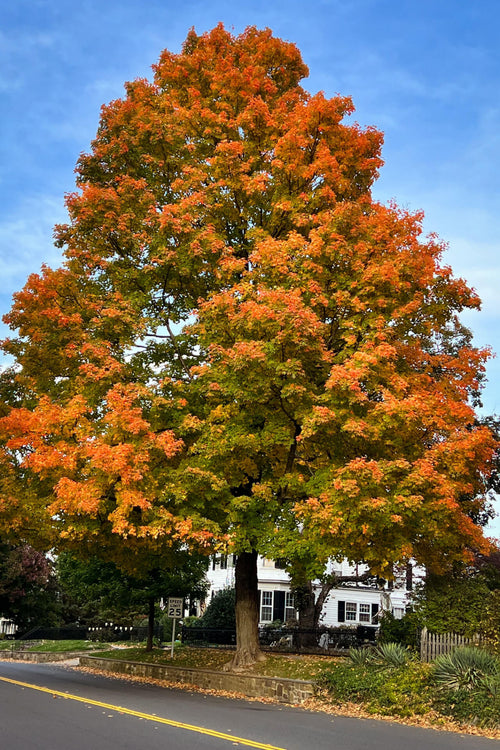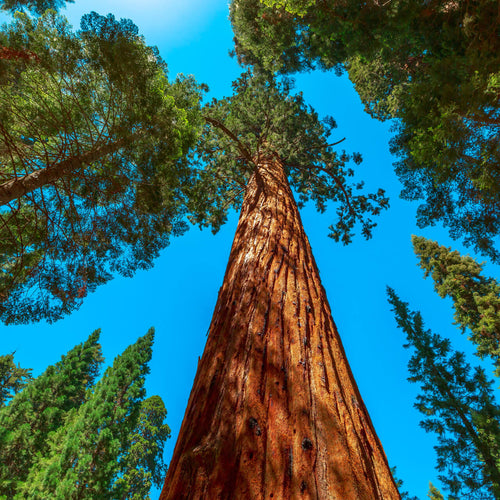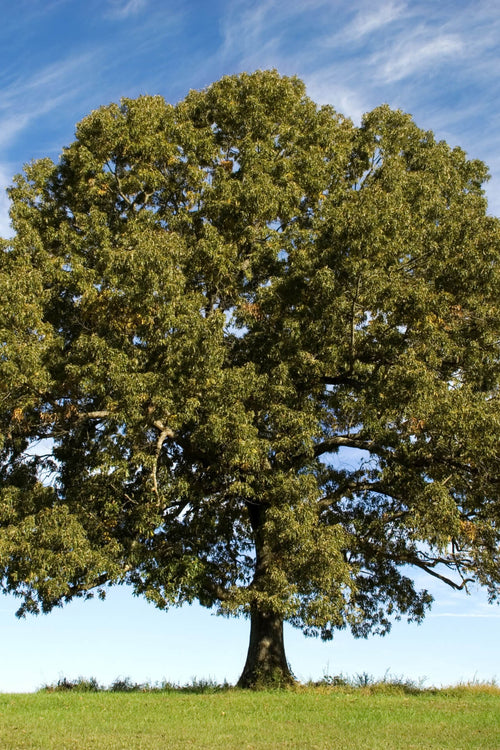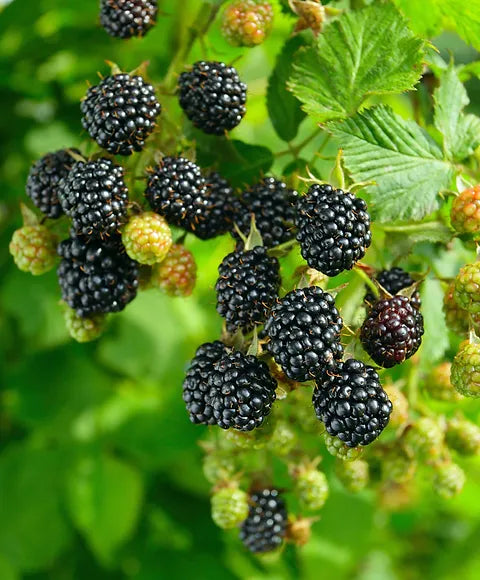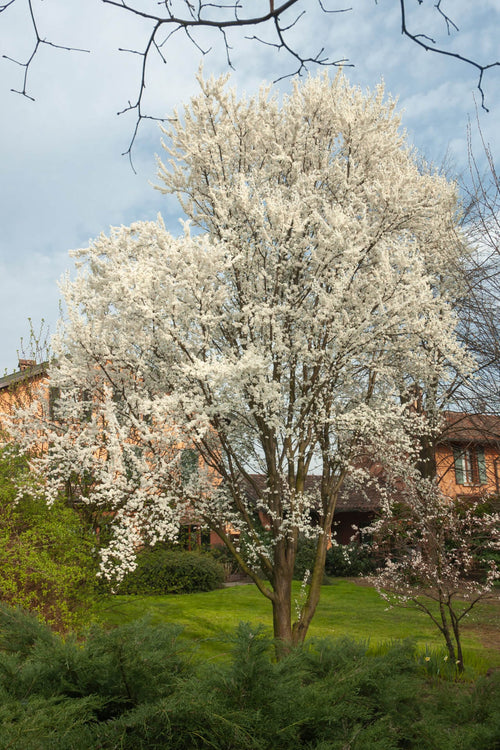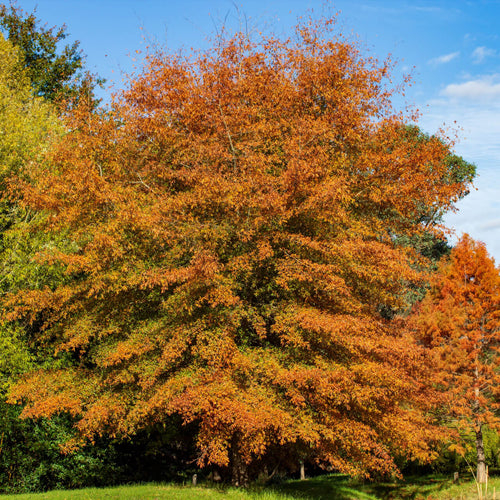Filters
Growing food plots in your outdoor garden can feed the local wildlife for days, inviting more opportunities for animal sightings. The creatures that roam your neighborhood won't be the only ones to enjoy it; food plot plants are elegant and attractive, lending your yard a new level of appeal.
Food Plot Plants
There are many options for Food Plot Plants to add to your garden or yard, to fill in open spaces, provide additional privacy, or to add that special focal point. Although these are more commonly fruiting trees or vines, there are also many species of ornamental grasses and shrubs that can help make your garden look exactly as you want.
One of their main benefits is how well they attract local wildlife to your yard or garden. This may include smaller squirrels or chipmunks and larger bird species, depending on the plant and your area.
Great For Wildlife
As they are generally resilient and robust, they frequently take minimal care to maintain their look and health when compared to some other flowers. Fruit trees can provide a safe place for birds to nest. Depending on the type of fruit produced, it can also attract bats, which can help reduce nuisance insects such as mosquitoes.
TN Nursery Helps Save The Environment
Fruit trees and fruiting vines can also provide delicious and diverse berries or fruit to add to your cooking or just to enjoy straight from them. As many of these flowers bloom with bright flowers, pollinators will be attracted to your garden, helping with pollination and even more control of nuisance insects.
Has Amazing Root Systems
Another great benefit of them relates to their root system. As they are generally very resilient and sturdy, their strong root systems can provide erosion control, especially on steeper slopes. They also help to increase the amounts of nutrients in the surrounding soil and the overall health of your garden.
Whether you are looking to grow your own fruit or want to attract more wildlife to your garden or yard, they can be a great option. With the great variety of such flowers, you can find the perfect one to fill in any larger open areas or find vibrant focus flowers for your landscaping

